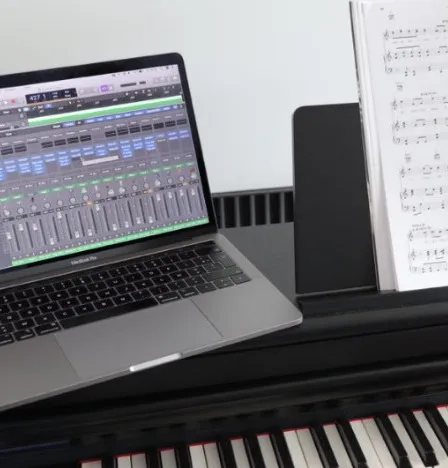The most unusual question I ever received was about a grand piano. A man came into my store, sat down behind a grand piano, and asked, "How do I steer this car?" The man had never seen a piano or grand piano before! After a brief explanation and a little sample on the grand piano, he was a little disappointed because he had hoped to have found a very special car.
Frequently asked piano questions
We receive many questions about buffet pianos and grand pianos every day. All of our colleagues are happy to help answer them. Still, to help everyone quickly, we have a list of most frequently asked questions here.
The most unusual question I ever received was about a grand piano. A man came into my store, sat down behind a grand piano, and asked, "How do I steer this car?" The man had never seen a piano or grand piano before! After a brief explanation and a little sample on the grand piano, he was a little disappointed because he had hoped to have found a very special car.
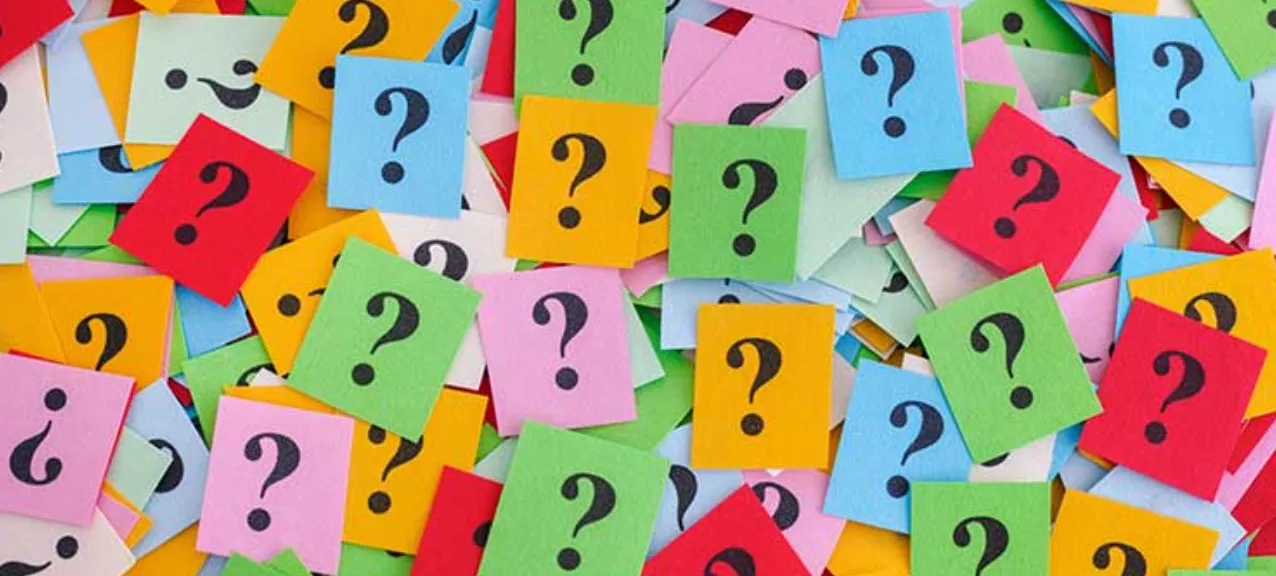

- Why is a piano so heavy?
An upright or grand piano has a cast iron frame that is subjected to high tension from the steel strings. Cast iron is very heavy and stiff, which means that a piano can quickly weigh 200 kg. The frame accounts for 60% of this weight.
- What materials is a piano made of?
Made of various types of wood, cast iron, steel, brass, copper, felt, leather, fabric, plastic and polyester lacquer. Watch our video about how to build a piano here.
- What is a keyboard?
The keyboard, i.e. the keys of a piano or grand piano. A piano usually has 88 keys.
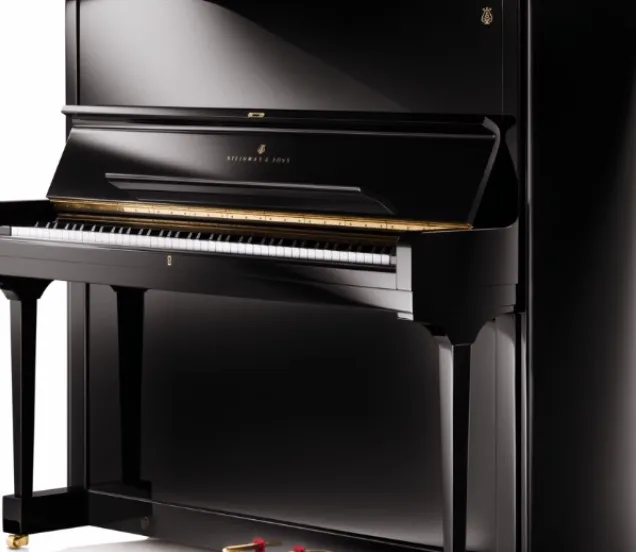
- What is a corpus?
The body is the housing of a piano, the soundboard.
- How old is my piano?
A piano is almost always marked with a serial number. It is located on the inside of the piano, often on the top right or in the center. Enter the serial number on this website to find out how old your piano is.
- What is the correct posture at the piano?
It is important that the piano bench is height adjustable, because only then you can sit and play at the correct height. The posture can be compared to the correct posture at a desk: straight back, arms at a 90-degree angle and relaxed hands.
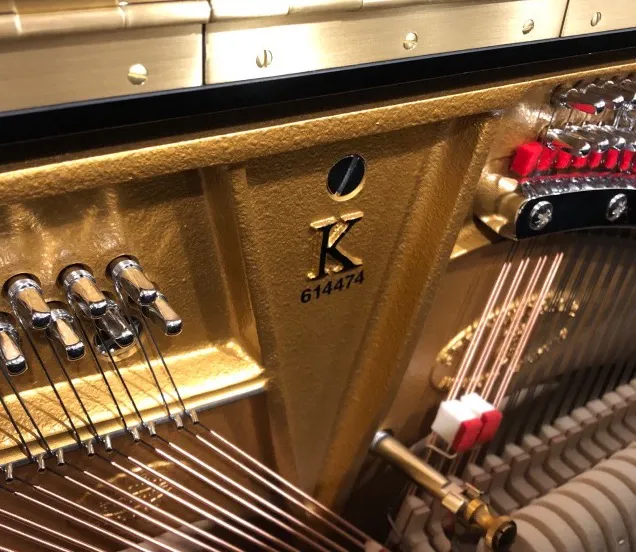
- How to dampen a piano well?
A piano almost always has a moderator (the middle pedal). This can already dampen the piano considerably. Learn more about damping pianos in our blog about noise.
- How often should a piano be tuned?
At least once a year, but this only ensures that the piano stays at the right pitch. If you also want your piano to sound good, we recommend having it tuned at least twice a year. Learn more about this in our piano tuning blog.
- Why does a piano have three pedals?
Not every piano has three pedals! Older pianos often have only two pedals.
Right pedal (sustain pedal): When this pedal is pressed, all dampers are lifted off the strings at the same time and the notes continue to sound. This creates a kind of echo effect.
Left pedal (soft pedal): Depressing this pedal brings the hammers closer to the strings, allowing for softer and more nuanced piano playing.
Middle Pedal (Sostenuto Pedal): When this pedal is pressed, a felt-covered slat falls between the strings and the hammers, making the piano sound much softer. Ideal if you want to practice "Let it go" from the Disney movie Frozen!
Grand piano pedals are fundamentally different from piano pedals. Learn more about the differences between upright and grand pianos here.
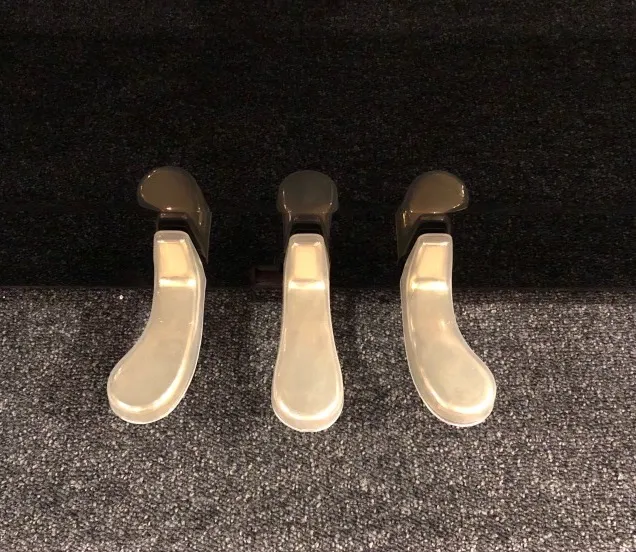
- Why is a piano a percussion instrument?
When the keys are pressed, hammers strike the strings. Therefore, the piano is a keyboard, string and percussion instrument in one.
- What is the best way to transport a piano?
Due to its weight, transporting a piano is a real challenge. That's where muscle power and a steel transport roller are needed! A wooden transport roller is also possible, but it carries risks. The piano must be lifted by two people and placed on the transport roller. Make sure that the piano is stable! A piano can fall over very easily. When the piano is secure and stable, you can move it with the transport roller. Lift the piano a little on one side to be able to steer. Never leave the piano on the transport roller unattended! There must always be one person standing by the transport roller. Of course, it is even easier if you have your piano transported by us!
- Can you learn to play the piano on your own?
Yes, of course! Nowadays there are many different ways to teach yourself how to play the piano, for example with the help of apps or YouTube videos. However, we recommend taking piano lessons, because with a teacher you will learn much more than just playing the piano. Want to learn more? We have our own blog on this topic.
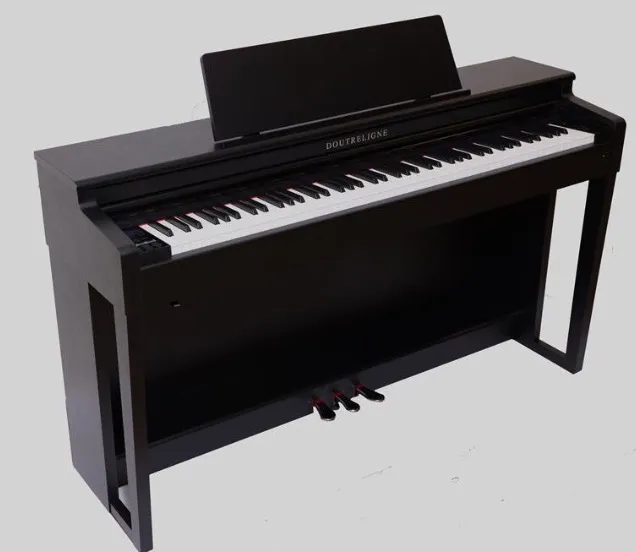
- Does a digital piano need maintenance?
No. However, some digital pianos need to be updated. You can find information about this on the website of the manufacturer from whom you purchased the digital piano.
- How much is my piano worth?
That is not so easy to answer. We can only give an opinion about the value of a piano after an appraisal. Please note that an appraisal is subject to a fee.
- Does Piano's Maene also purchase upright or grand pianos?
Yes. On our website you will find a form that you can fill out. We will let you know as soon as possible if we are interested in buying your piano or grand piano.
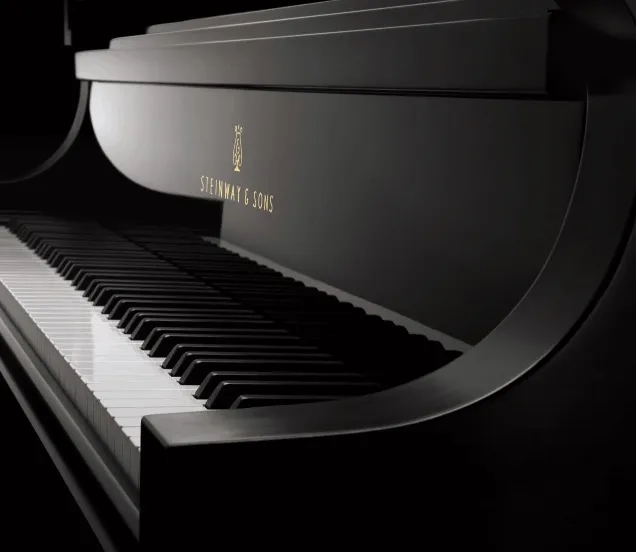
- Does Piano's Maene also purchase digital pianos, keyboards or organs?
No. We do not sell keyboards or organs. We cannot offer a warranty on used digital pianos. We want to offer only high quality instruments, but with used digital pianos we cannot guarantee this quality. Therefore we do not buy used digital pianos.
- What is the difference between a digital piano and an acoustic piano?
There's a pretty big difference! A digital piano is an imitation of an acoustic piano. We have covered this topic in detail on our blog.
- Is it possible to pay for pianos in installments at Piano's Maene?
Yes, no problem! You can learn more on the purchase page on our website.

